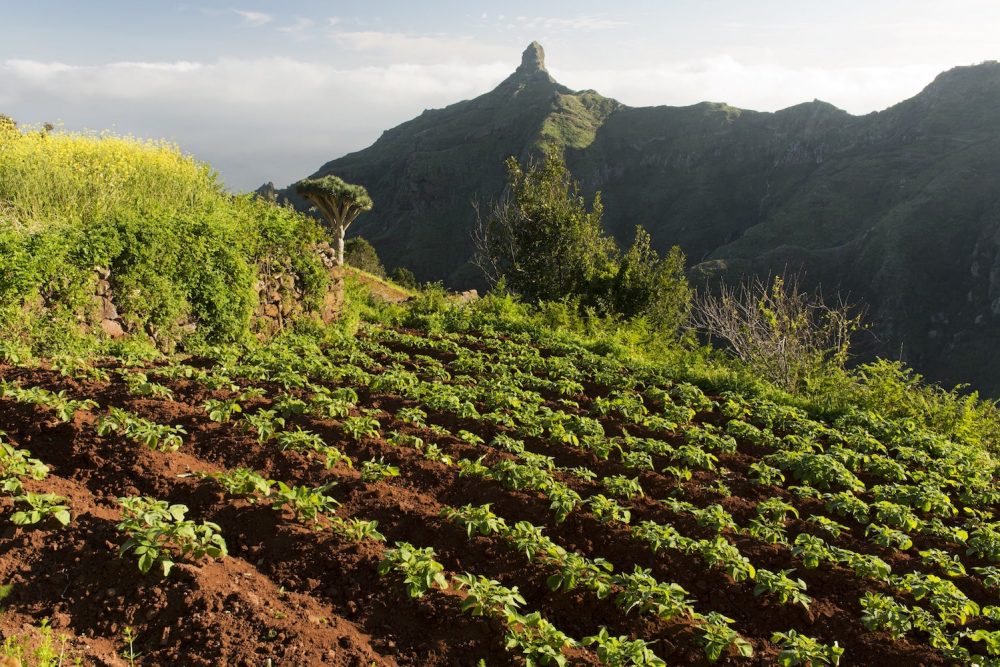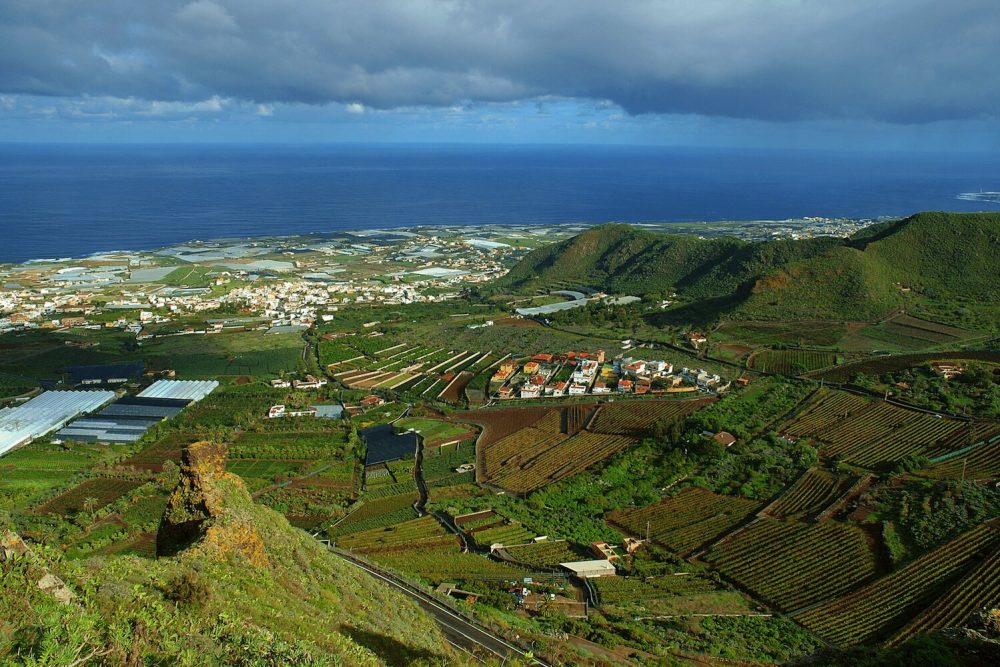Guamasa, El Ortigal and Los Rodeos, Valle Tabares and Valle Jiménez are samples of the rural history of San Cristóbal de La Laguna. Their food, wines and cereal cultivation are all part of the nature of their people.
From pre-Hispanic times, both El Ortigal and Guamasa have been areas of great agricultural and cattle-raising tradition: wheat, lupin, fruit trees, potatoes, vegetables, cows, goats, sheep, etc. Nowadays, although production has dropped, the area still keeps its age-old character and it is not unusual to come across people on horseback.
A noteworthy place in Guamasa is Paseo de Las Acacias, very near the road that leads to El Boquerón. It is a pedestrian paved road that in some sections allows the passing of cars.
One of the traditions the locals are most proud of is the vernacular sport “La Lucha Canaria” [Canarian Wrestling] which has been practised in the area for nearly seven decades. As for food and drink, there are many different options ranging from the typical guachinches to refined restaurants.
The major festival in El Ortigal honours Santa Ana and La Milagrosa. In Guamasa they have a romería in June in honour of San Isidro Labrador to thank him for the harvest while in September, the Romería is in honour of Santa Rosa de Lima. Los Rodeos is also known as the barn of Tenerife. Located five kilometres to the southwest of San Cristóbal de La Laguna town centre, its main feature is the vast plains where cereals are grown. These lands have been used for agriculture since the time of the conquest, although the surface area of cultivating land has been notably reduced in the past 20 years, over 230 hectares are still in use.















